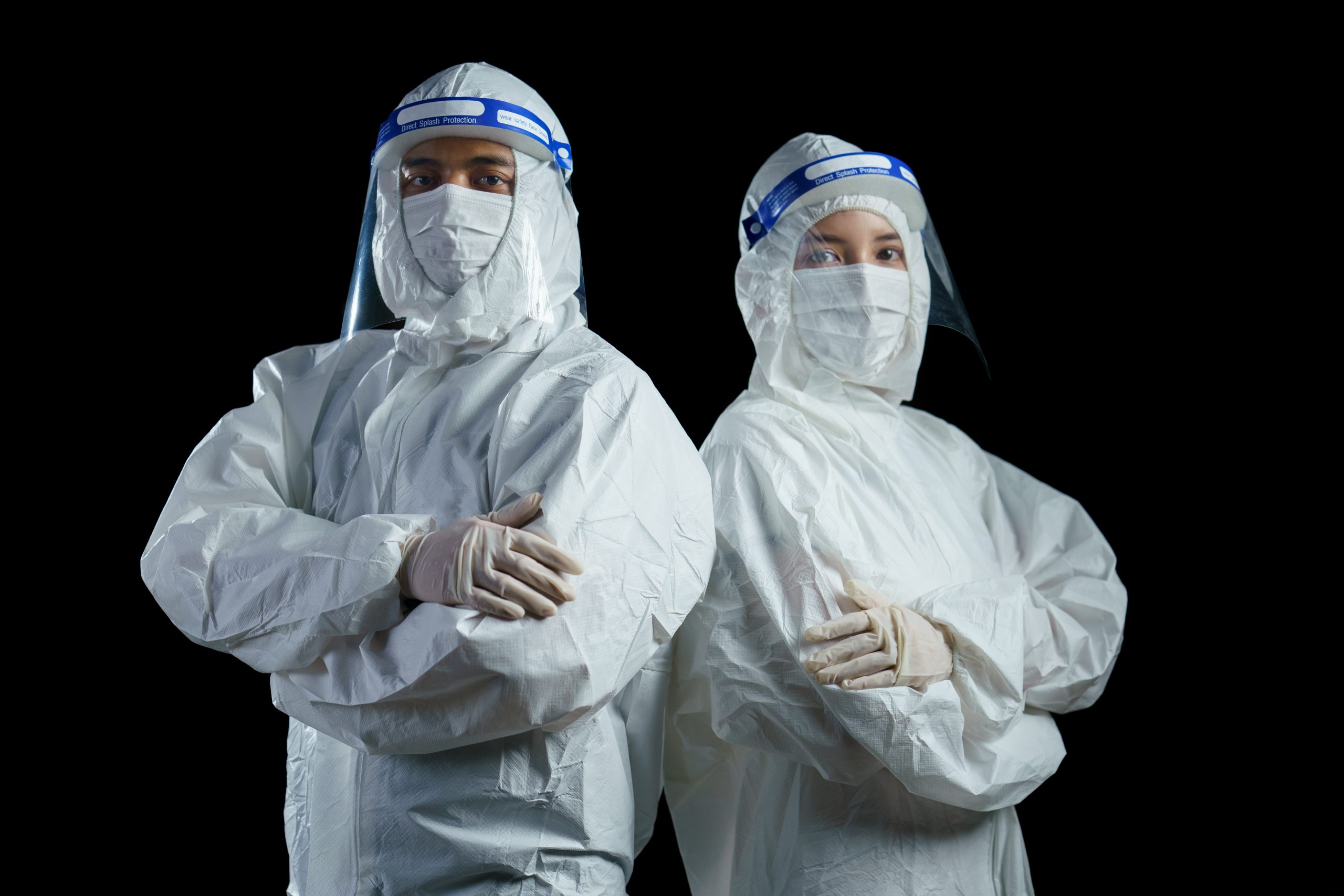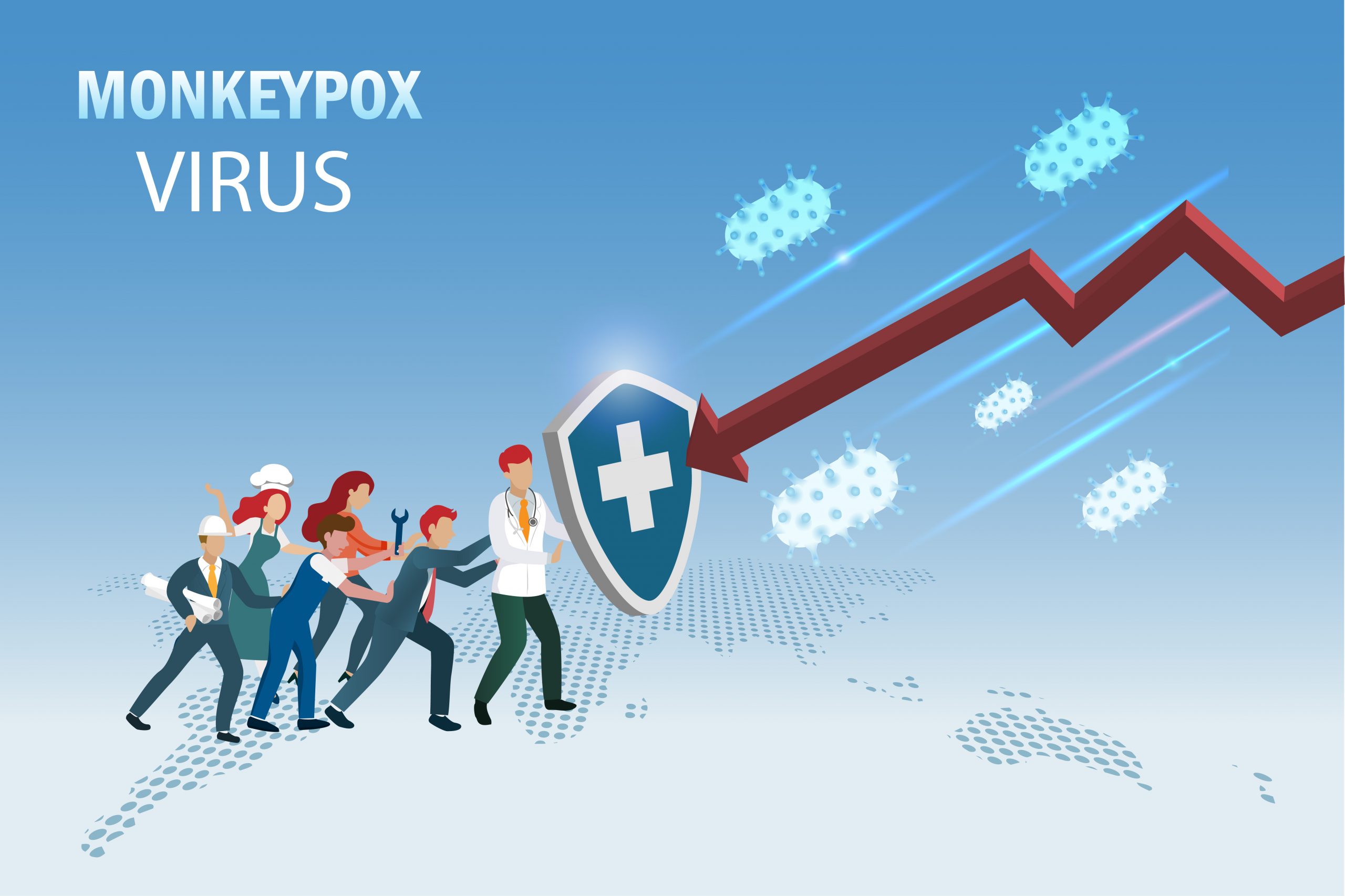
On May 19, 2022 the Public Health Agency of Canada (PHAC) confirmed the first cases of Monkeypox in Canada. Most people with Monkeypox have mild symptoms and recover on their own within 2-4 weeks without needing medical treatment. However, severe illness can occur in some individuals.
Monkeypox is commonly found in certain areas of Central and West Africa, but limited cases have been identified in other regions in the past, such as the United Kingdom, United States, Israel and Singapore. These are the first cases of Monkeypox in Canada.
Human-to-human transmission of Monkeypox is uncommon. However, when spread does occur, transmission is primarily through respiratory droplets from coughing and/or sneezing or direct or indirect contact with body fluids, matter skin lesions, and contaminated materials.
Only people with close contact with a person with Monkeypox virus are at risk of infection. People can lower their risk of exposure to Monkeypox by maintaining physical distance and frequently washing/sanitizing their hands and masking. Although the risk for Monkeypox is low, anyone who is concerned about symptoms they are experiencing should self-isolate and contact a health care professional. There is currently no specific vaccine or treatment available for Monkeypox, although prior vaccination against smallpox provides some cross-protection.
The Ministry of Health is working collaboratively with Public Health Ontario, the Public Health Agency of Canada, and public health units to monitor for cases in Ontario.
Key Facts

- Monkeypox virus causes disease in humans with symptoms similar to, but less severe than, smallpox.
- Monkeypox is typically found in parts of central and west Africa. It does not usually circulate in humans or animals in Canada.
- Initial symptoms of Monkeypox may include fever, chills, headache, swollen lymph nodes, muscle pain, and fatigue followed by a rash or sores, usually one to three days later, on the palms of the hands, on the soles of the feet, inside the mouth, and/or on the genitals. In some cases, the rash is the first symptom.
- Monkeypox is usually mild. It typically goes away on its own within two to four weeks.
- Those who have close contact with someone who has Monkeypox infection while the person has symptoms are at risk of getting the virus.
How does Monkeypox spread?

- Monkeypox can spread from person-to-person through respiratory droplets (e.g. coughing, sneezing, talking, etc) or through close, physical contact with someone who has Monkeypox (especially from contact with the rash, bodily fluids (e.g. blood, saliva, urine, etc), and/or scabs).
- Monkeypox can also spread by touching materials and objects (e.g. clothing, bedding, towels, eating utensils, and dishes) that may be contaminated.
- Monkeypox can also spread from someone who is pregnant to the fetus, or from a parent to a child during or after birth.
At Circle of Care 4 point PPE (mask, eye protection, isolation gown, gloves) are required for any client that screens positive or is a confirmed case of Monkeypox.
Interested in Learning More?

For those interested in learning more there is a free webinar that you can register for called “Monkeypox: How to Recognize It, How to Manage It – What Primary Care Physicians and Clinicians in Ontario Need to Know”.
Date: June 23, 2022
Time: 6:30 p.m. EST
